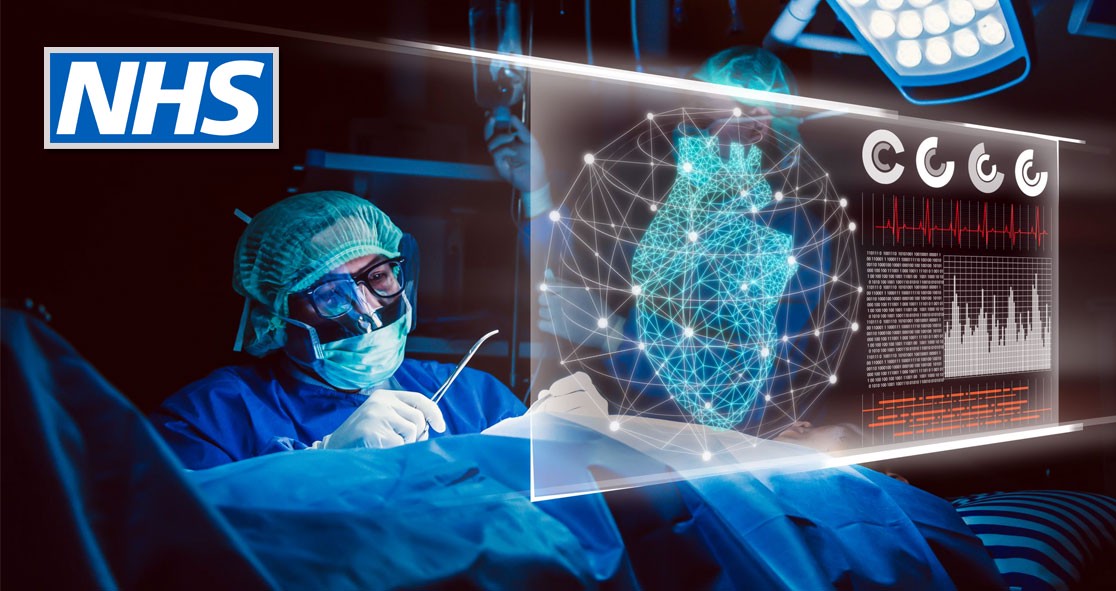The National Health Service (NHS) is set to receive £248 million over the next year to invest in technology that will deliver more diagnostic tests, checks and scans, according to News Medical Life Sciences.
The investment is to help NHS provide a faster diagnosis of a medical condition, offer early treatment, and reduce waiting lists. It will also help reduce the administrative burden on NHS staff so they can analyze more tests, checks and scans.
Upon receiving the fund, the NHS will digitize the diagnostics services and improve the way tests, scans and results can be shared across computer systems in hospitals, labs and GPs, making it easier for nurses and doctors to access these results more quickly.
The NHS will invest the money in the new technology that will allow imaging specialists to review high-res images remotely without needing to be in an imaging lab, 24/7.
The technology will also provide a new tool to help GPs and other doctors choose the most suitable scan for their patients based on their symptoms and medical history.
SajidJavid, Secretary of State for Health and Social Care, said, “Today’s multi-million-pound investment will play a big role in leveling up diagnostics services across the country so patients can get faster results and healthcare professionals can get their job done more easily, reducing unnecessary administrative burden and making every taxpayer’s pound count.”
“Getting a faster diagnosis for a health condition is the first step to getting more people the treatment they need and earlier on,” he added, “and our funding will help ensure our NHS has access to the latest digital technology to drive up efficiency.”
Prof. Stephen Powis, Medical Director of NHS England, said, “The NHS is facing a winter like no other with rising cases of COVID and flu as well as record demand for emergency services, all while we continue to deliver the biggest vaccination program in health service history, including rolling out booster jabs for the most vulnerable.”
“However, NHS staff are making efficient use of additional funding and following the recent rollout of new diagnostic centers, the number of patients waiting for a diagnostic test is falling for the first time in a year, meaning more people are getting the checks they need and if required, are able to begin treatment sooner,” he added.
The UK government has provided record funding this year. It will continue to do so over the next few years through the health and care levy.





















